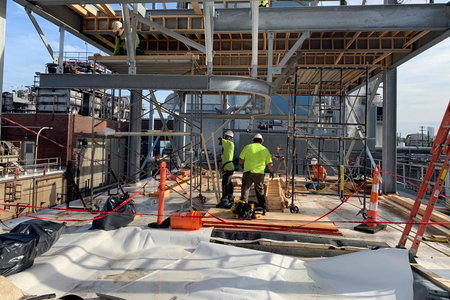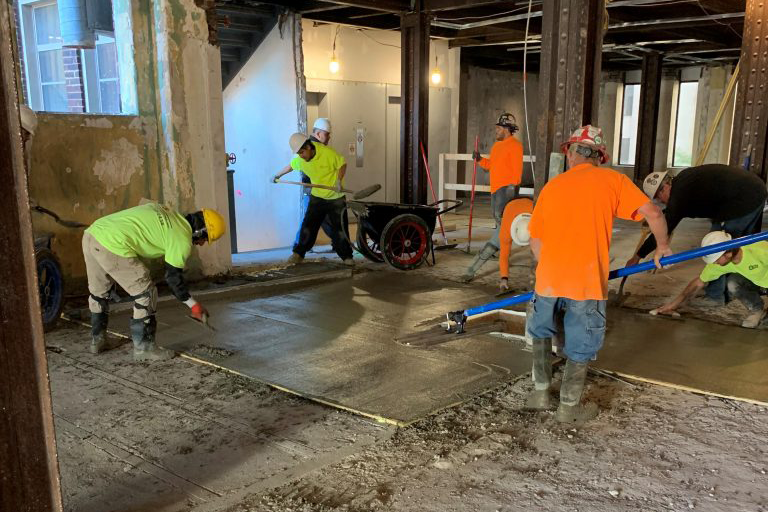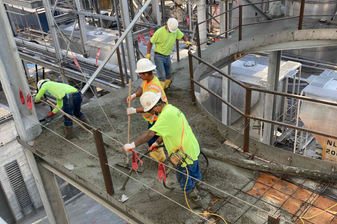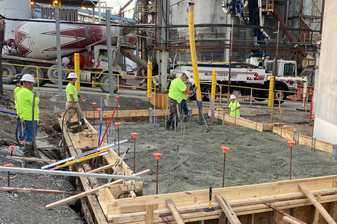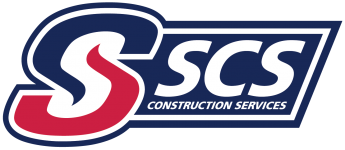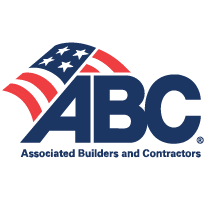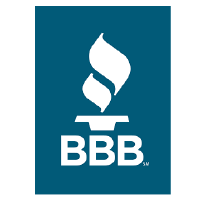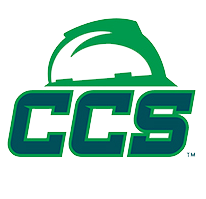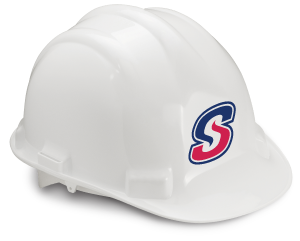

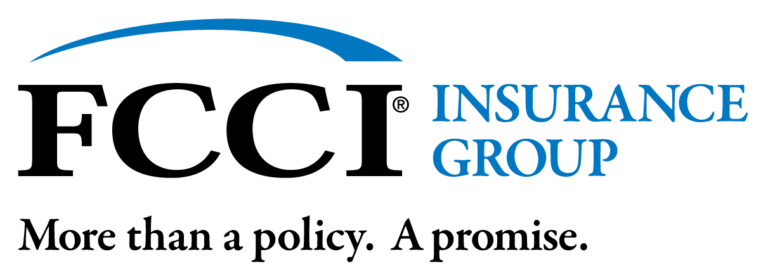
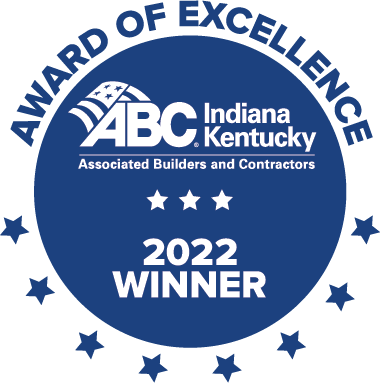
SAFETY MANAGEMENT
Safety management in construction refers to the process of identifying, assessing, and mitigating potential hazards and risks to ensure the safety and well-being of workers and other individuals involved in construction projects. Construction sites are inherently hazardous environments due to the presence of heavy machinery, elevated work areas, and various construction activities. At SCS Construction our safety management aims to prevent accidents, injuries, and fatalities by implementing proactive measures and protocols.
Key aspects of Safety Management in construction:
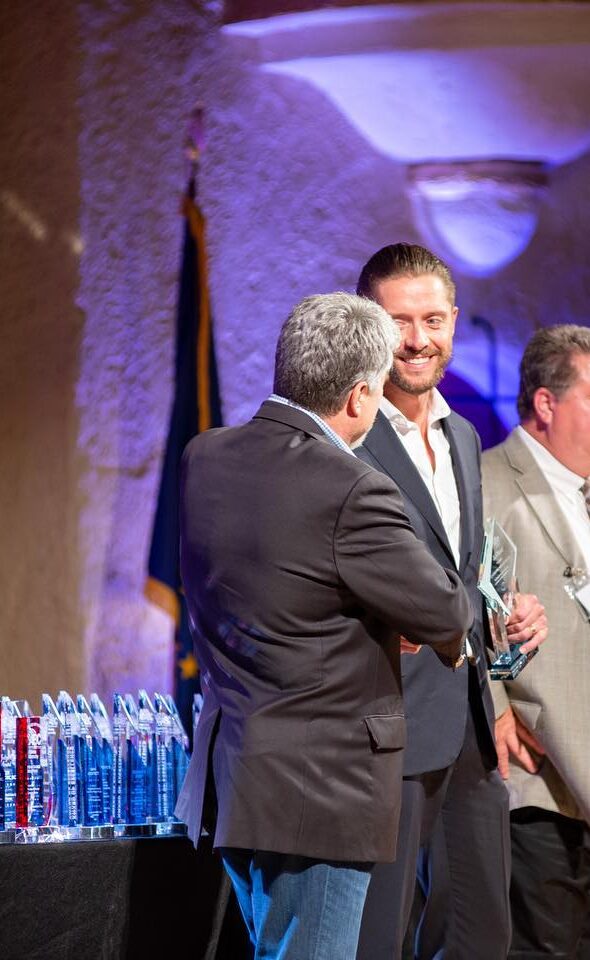
Risk Assessment
This involves identifying potential hazards and evaluating the associated risks. Risk assessments are conducted at various stages of the project, including during the planning phase, before the start of specific tasks, and when changes occur. It helps in determining the necessary control measures to minimize risks.
Safety Planning
A comprehensive safety plan is developed and implemented for each construction project. This plan outlines the safety objectives, responsibilities, and procedures to be followed. It includes protocols for hazard identification, emergency response, safety training, and regular inspections.
Training & Education
Construction workers and supervisors must receive appropriate safety training and education. At SCS, we ensure anually that our staff is OSHA 10 & 30 hour with CPR, First- Aid ceritiied. Onsite weekly tool box meetings are required. This includes general safety awareness, specific training on equipment and machinery operation, and instruction on handling hazardous materials. Ongoing training ensures that workers are aware of safety protocols and can respond effectively to potential risks.
Safety Equipment and Personal Protective Equipment (PPE)
Providing and enforcing the use of appropriate safety equipment and PPE is essential. This includes hard hats, safety glasses, gloves, high-visibility clothing, fall protection harnesses, and respiratory protection. Regular inspections and maintenance of safety equipment are crucial to ensure their effectiveness.
Site Inspections and Audits
Regular inspections and audits are conducted weekly by our superintendents to identify safety hazards, assess compliance with safety regulations, and evaluate the effectiveness of safety measures. These inspections help in identifying potential risks and implementing corrective actions to prevent accidents.
Communication and Reporting
Effective communication is vital in safety management. This involves promoting open dialogue and reporting of safety concerns or incidents. Encouraging workers to report near misses, accidents, or unsafe conditions helps in identifying potential hazards and taking corrective actions.
Contractor and Subcontractor Management
At SCS, safety management extends to managing the safety performance of contractors and subcontractors. This includes ensuring that they have appropriate safety policies and procedures in place, monitoring their adherence to safety standards, and conducting regular safety meetings and training sessions.
